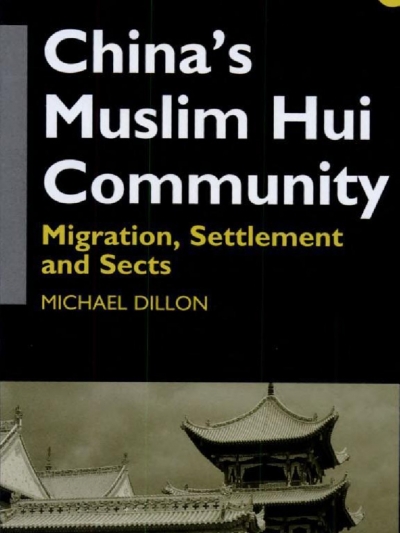



 Laila Juma
Laila Juma
China's Muslim Hui Community: Migration, Settlement and Sects by Michael Dillon. Pub: Curzon Press, Richmond, UK, 1999. Pp: 208. Hbk: UK40.00.
Twenty years ago, few Muslims realised that they were huge Muslim communities in what was then Russia. On western-drawn maps, the Muslim areas of Central Asia - which have gained 'independence' by default after the collapse of the Soviet Union - were all shown as part of communist Russia and effectively divorced from the 'Muslim world'. A few better-read Muslims knew that Russia had a 'Muslim minority', but that was about the extent of our understanding.
Far greater awareness of Muslim populations around the world has been one of the benefits of 'Islamic revival' since the Islamic Revolution in Iran. There remains, however, a general ignorance about the Muslim community in China which is similar to that of the Muslims under Russian rule 20 years ago. People have become aware that the Muslims of north-western China are in fact Central Asian Muslim peoples living under Chinese occupation - as Muslims of other parts of Central Asia lived under Russian occupation for most of this century - and that there is a growing jihad against Chinese rule in these areas.
What is not generally realized is that there is also a far larger community of indigenous Chinese Muslims living in China proper, the descendants of both Central Asian settlers in China, and of Chinese people who converted to Islam centuries ago, under the influence of Muslim settlers, traders, ulama, teachers and others who traveled through the country or settled there during the period when Muslim countries represented the leading edge of world civilization. It is these Muslims, ethnically indistinguishable from the rest of the Chinese but with a very distinct cultural and religious tradition that has developed over centuries, which has been studiously maintained despite the aggressive atheism of the communist period, that are known as the Hui, while the non-Muslim Chinese are known as the Han.
Michael Dillon, a lecturer at Durham University in Britain, is an established student of the Hui Muslims. His 1996 book China's Muslims, part of the Oxford University Press 'Images of Asia' series, is an excellent short book on the subject. (The pictures with this review are taken from it.) His new book China's Muslim Hui Community, pulls together much of what other writer's have discovered about the Hui, with his own research.
The main section of the book traces the history of the Hui from the earliest days of Islam in China, to the present day. Unlike some writers on the subject, Dillon emphasises the importance of settlement in the origins of the Hui ahead of the conversion. He links the migration of early Muslims from Persia and Central Asia to earlier migrations by pre-Islamic peoples, which seems tenuous. He emphasizes also the importance of the Ming period (1368-1644) for the emergence of the Hui as a permanent community rather than an immigrant one, and traces the stories of key early Muslim leaders, many of them warriors who helped the rise of Ming rule.
Dillon also continues his survey through Manchu rule and into the present century, tracing the changing role of the Hui in society and, in particular, the emergence of Sufism. He has a detailed chapter on the Hui 'insurrections' in the nineteenth century, through which Muslims tried to establish Islamic rule in key areas. These jihad movements, which lasted for decades and established functioning states in parts of China, were brutally suppressed, with the Muslims virtually exterminated in many areas. However, Dillon does not elaborate on the impact this had on the Hui, focusing instead on individual experiences and episodes rather than the larger picture. The same is true of his discussion of the present century.
The second main section focuses on Sufi orders in China, and is informative and detailed; however, Dillon's knowledge of China is not matched by his knowledge of Islam; hence errors such the statement that the word 'Salafiyya' derives from the Arabic 'sharif'. Despite the obvious breadth of Dillon's research, such errors raise doubts.
This book is a useful survey on a subject which few people know very much about. This compensates for its shortcomings. Muslim readers will find much of it informative and fascinating, but it should not be taken as authoritative. However, t he sad and unavoidable fact is that Muslims have no place else to go for such knowledge at this time.
